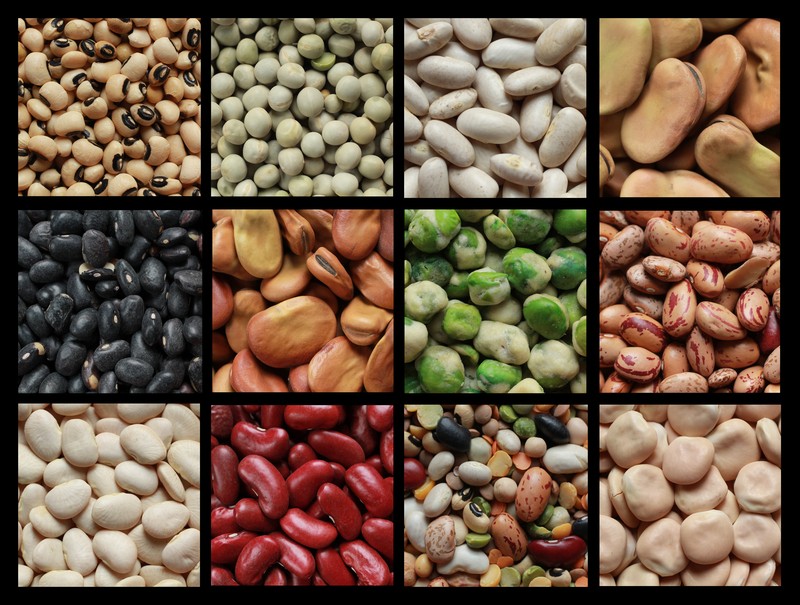Some of these may seem simple but it is surprising how many gardeners don’t think of them before planting. It’s always a good idea to have a garden check list before you start throwing down you seeds.
• Soak your beans overnight.
The night before you plant your beans, soak the seeds in room temperature water over night. This will greatly speed up the germination process. However, if the weatherman foretells rain for your region during your bean-planting week, don’t soak the seeds because they could rot.• Take advantage of companion planting.
Beans are a fairly non-picky plant and get along nicely with almost everything else. The only plants you shouldn’t plant in their vicinity are members of the allium family, like onions, garlic, leek and scallions. The allium family can inhibit or stunt the growth of green beans.• Know if the beans are a bush or pole variety.
The seed package should tell you if it’s a pole or bush variety. Bush beans don’t need a support system and are rather bushy and lower to the ground. Pole beans send up vine runners and need something to climb. You can use a pole, fencing, or even run strands of string or wire between two poles to create a trellis system. Once the runners begin to grow, you need to get the plants something to climb on. They won’t grow if they don’t have their support system. After putting your climbing supports in place, the beans literally grow inches overnight. Our bean is a pole variety and quite prolific.
And yes, there are more tips over on Traditional Cooking School.
As survivalists, homesteaders, preppers and just plain folks who want a great-looking garden, beans are a perfect standard. They are easy to grow, can be freeze-dried, and they taste delicious in nearly any variety.
If you were never much of a bean eater as a kid you might want to reconsider. Beans are full of wonderful protein and are exceedingly filling. Find a great recipe and stick to it!
